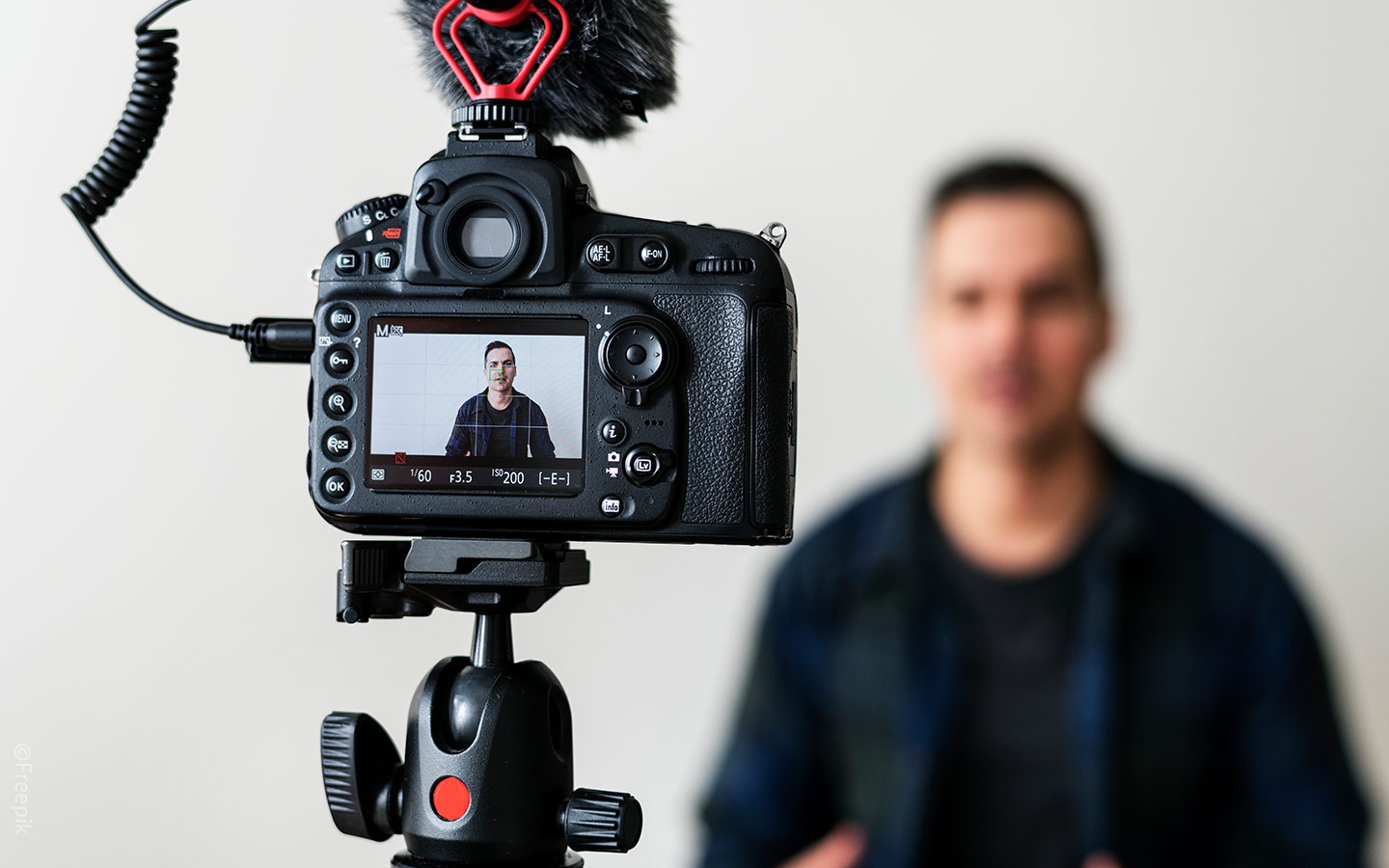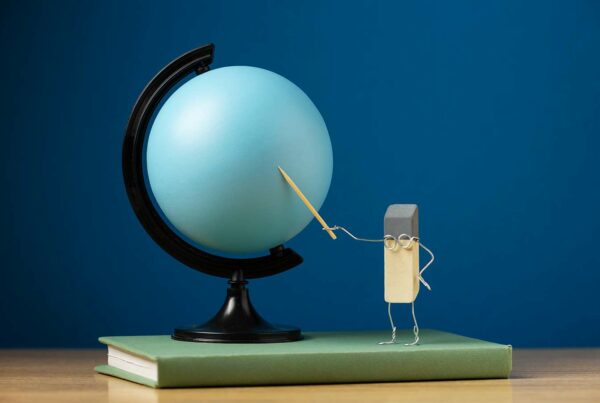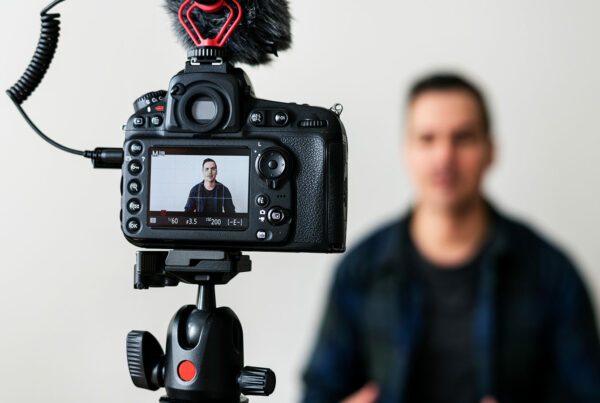You are writing your Horizon Europe proposal and are about to tackle the communication part. Problem: you are not a communication expert, do not know what to include, and even do not consider it as very important. Here are 8 tips.
1. Understand that communication is key
You may be a researcher most interested in doing research and considering communication as only publishing or presenting in conferences. The problem is that many stakeholders who are not researchers will not be aware of your research. In addition, a Horizon Europe project is funded with public money from the European Union, which wants its citizens to be aware of the use of their money. Therefore, communication actions are critically evaluated in your Horizon Europe proposals. Drafting an excellent communication plan will help your proposal be successfully evaluated.
2. Do not focus on the media before the message
We usually have ideas for a website, a newsletter or a project video when drafting a Horizon Europe communication plan. But what are we going to tell exactly? To whom? It is better to start your plan by defining your communication objectives, which define clearly the message to be shared and to whom. The message is generally the need(s) and the ultimate benefit(s) of your research. The target audience is as varied as the general population who will benefit from your research results, governments which can have an impact on the use and spread of your research, or investors or businesses which may want to market the outcomes of your research. You understand that for each audience, there might be a specific message. Only then come the means, i.e. your communication channels.
3. Do not underestimate the branding of your project
First, start with a catchy and easy to remember project name and acronym. You do not necessarily need to get it to be strictly related to the research you are conducting. The most important is the impact the name and the acronym will have on your audiences.
Then, design a logo. And do not do it yourself unless you are skilled in graphic design. You can for example have it done on https://99designs.com . You can actually claim the related costs on your project (do not forget to plan it in the proposal). Remember that people retain visual content more than written content, so make sure you have a logo that stands out.
Finally, create a graphic charter for any content related with your project, being the website or printed materials. Again, have a professional graphic designer do it for you.
4. Decentralise your communication
A Horizon Europe project is most likely to be a collaborative effort, with partners from different countries. It is best to have a communication plan for each country, given the specificities of them. Then, in the implementation phase of your project, have each partner carry out the communication efforts related with its country. This is the best way to touch local people rather than trying to target them with a standardised international content.
5. Go online and off line
Communication efforts tend to be mostly done online. A website and a presence on social media is a must for any project, and for that we advise you to consider the help of a communication agency, otherwise you will reach too few people. The costs of a communication agency can be claimed in the project, if you plan them at the proposal stage. However, offline efforts are as likely or even more likely to gain you traction. Think about organising events that target each of your audience category. It can be conferences for the general public, workshops for the scientists, brokerage events for businesses etc. Be actually creative and think about the impact that your events can have. You can also create small goodies with the project logo on them, which you can distribute to people in these events.
6. Plan resources and time for communication
It has already been said in this article but let us repeat it: you need to plan for a budget, human resources and time for communication activities, all at the proposal stage. Otherwise, either you will not be able to do anything once the project starts or have to do it unfunded and unplanned. This is why the best approach is to plan a work package dedicated to communication and dissemination, and assign it to a professional communicator, either an internal person if you have them, or to a communication agency.
7. Do not confuse communication and dissemination
Both terms are often confused at the proposal stage. Dissemination is all means to spread the results of your project to the targeted audience. Communication is all efforts made to create awareness around what you disseminate, but also about your project, the partners, the EU and the cause you are targeting with your project. Communication is therefore related to dissemination, but encompasses more aspects, such as the reputation and notoriety of your institution or the impact your project will have on the society.
8. Plan also for beyond the project
A common mistake made by proposal writers is to overlook the planning of communication activities beyond the project completion. Yet, it is equally assessed by the reviewers since this is related to the long-term impact of your project. Thus, plan for specific communication activities for once your project is completed and has delivered its results.
Communication is a critical part of any Horizon Europe project and should be carefully planned, with allocated budget, human resources and time. It is by no means a waste of time since communication is crucial for your project’s impact. And communication is actually fun to do!




